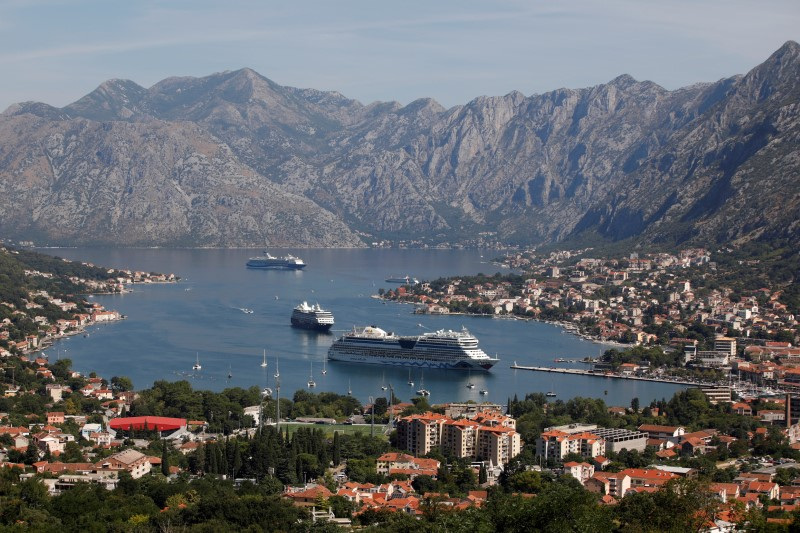premiumtix.net – Montenegro stands at a pivotal juncture, facing both significant challenges and promising opportunities that will shape its future trajectory. The country’s path towards European Union (EU) integration, economic stability, and social cohesion is fraught with obstacles but also brimming with potential. This article explores the current state of Montenegro, highlighting the key challenges and opportunities that lie ahead.
Internal Challenges and Instability
Montenegro’s political landscape has been marked by instability and internal challenges. The country has experienced frequent changes in government and a lack of consensus on crucial reforms. The Democratic Party of Socialists (DPS), which has dominated the political scene, has faced successive votes of no confidence, leading to political turmoil and hindering progress on necessary reforms.
The dysfunctional Constitutional Court, which lost its quorum for decision-making in 2022, has exacerbated political instability. This has led to frequent violations of the constitution by political actors, undermining the rule of law and trust in the political system.
Economic and Societal Challenges
Economically, Montenegro has shown signs of recovery from the COVID-19 pandemic, with a rebound in GDP growth. However, the country faces significant fiscal challenges, including a high level of public debt and a weakening fiscal position. The 2024 budget envisions a weakening in the fiscal position, primarily due to increases in social security transfers and the waning of one-off effects.
The “Europe Now” reform program, aimed at boosting the economy, has had mixed results. While it has led to improvements in certain macroeconomic indicators, it has also been criticized for its populist nature and associated inflationary risks.
Opportunities for Growth
Despite these challenges, Montenegro has several opportunities for growth and development. The country’s strategic location and natural beauty make it a potential hub for tourism and digital transformation. The government has recognized the importance of digitalization and is working on initiatives to improve the education system and enhance digital infrastructure.
Montenegro’s alignment with the EU’s foreign policy, particularly in response to the Russian invasion of Ukraine, has strengthened its position in the international community. This alignment could open doors for increased cooperation and support from the EU, which is crucial for Montenegro’s economic and political stability.
Path Forward
To navigate the challenges and seize the opportunities, Montenegro must focus on several key areas. First, it needs to address its internal political instability by ensuring the independence and effectiveness of the judiciary and by fostering a political environment that encourages consensus and cooperation.
Second, Montenegro must continue its efforts to reduce public debt and strengthen its fiscal position. This includes implementing sustainable economic policies and ensuring that reforms are well-coordinated and supported by comprehensive analysis to avoid inflationary risks.
Third, the country should leverage its strategic location and natural resources to develop its tourism sector and promote digital transformation. This will not only boost the economy but also enhance its global competitiveness.
In conclusion, Montenegro’s future is a complex interplay of challenges and opportunities. By addressing its internal political and economic issues and capitalizing on its strategic location and natural resources, Montenegro can set a course for sustainable growth and prosperity. The journey will be challenging, but with a clear vision and strategic planning, Montenegro can overcome its obstacles and achieve its full potential.
